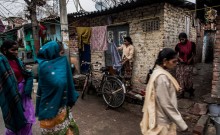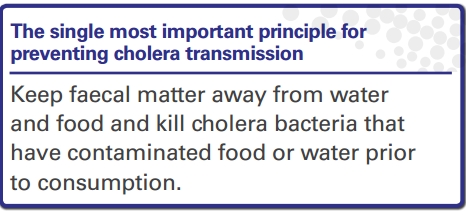Health emergencies: Research points to practical financial solutions for India’s urban poor | Source: May 9, 2013, RAHIL RANGWALA |
How do Indian families living in urban poverty approach health care? To answer this question and better understand how to structure a customized emergency health loan product for India’s urban poor, the foundation recently commissioned a study of families in five Mumbai slums. 
The research, conducted between December 20, 2012 and February 8, 2013, surveyed members of 545 low-income households located close to hospitals.
The families surveyed all had monthly incomes ranging between INR 7,500 to 20,000 (US $139 to $370.) When the results were collated, we learned that:
- 82 households had a major health issue in the last two years. Reported ailments included cardiac issues, broken bones, accidents, malaria, dengue fever and others.
- The average cost to treat heart-related illnesses, which topped the list of major illnesses, was INR 82,000 (US $1,515.)
- Around 50 percent of participating households had taken out loans at interest rates of over 60 percent per annum to meet their health financing needs.
- Local private clinics (usually unlicensed medical practitioners) were typically the first point of contact for respondents seeking care. As such, these clinics play an important role in influencing behavior for both minor and major ailments.
- Respondents were skeptical or wary of private hospitals, because they worried about either being overcharged or being treated poorly.
- Participants had a positive perception of government-run hospitals, where they felt they would be well treated at an affordable cost.
- Participants responded positively to the concept of an emergency health loan at an interest rate of roughly 20 percent per annum.
- Private hospitals offer differential pricing based on ability to pay.






